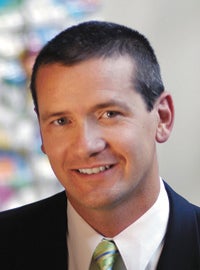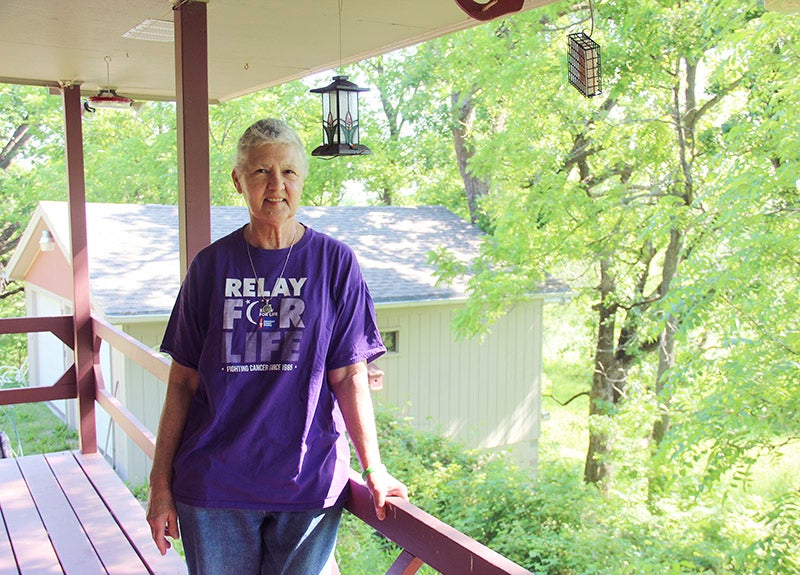Medical center is below state averages in patient satisfaction
Published 9:19 am Friday, August 16, 2013
Mayo Clinic Health System in Albert Lea fell below some state averages in a patient satisfaction survey.
Results were released Wednesday in the Minnesota HealthScores survey, a joint project of the Minnesota Department of Health and the nonprofit MN Community Measurement. More than 230,000 patients were surveyed and 651 clinics were rated.
The clinic in Albert Lea fell 1 or 2 percentage points behind the state average in categories of how well providers communicate with patients at 88 percent, how courteous and helpful office staff were at 90 percent, and provider ratings with 77 percent giving providers a ranking of nine or 10 out of 10.
In its lowest ranking, the Albert Lea clinic had just 51 percent of respondents say they received care when needed; the state average was 60 percent. The category about receiving care when needed included survey questions about getting appointments quickly, receiving timely answers when calling the clinic and how often patients saw a provider within 15 minutes of an appointment time. Mayo Clinic Health System in Albert Lea CEO Mark Ciota said these are clinic’s main challenges.
“Our term for that is access, the measure of when you call for an appointment if you get in when you want to get in,” Ciota said.
There’s a shortage in family practice providers, according to Ciota. He also feels that if that shortage is remedied then other satisfaction rates would go up, too. He said across the U.S. there’s more demand than supply for family practitioners and the Albert Lea hospital has the same problem.
“We’re doing our best to recruit as best we can,” Ciota said. “It’s just hard for us to compete.”
One problem is that Albert Lea is a smaller, rural hospital, and Ciota said family practitioners are more likely to choose metro locations where they can work less evening and weekend shifts. Ciota also said he was proud of the ranking where 77 percent of patients ranked their physician a nine or 10 out of 10.
“We’re very proud of the physicians we do have,” Ciota said. “Once we can attract them, they are excellent.”
No information on patient satisfaction was available for Mayo’s satellite clinics in New Richland, Alden, Wells, Kiester or Lake Mills.
Other data from www.mnhealthscores.org about Mayo Clinic Health System in Albert Lea:
• Had 55 percent say physicians helped patients with vascular disease to achieve their treatment goals to prevent heart attack or stroke, compared to a statewide average of 49 percent.
• Had 63 percent say providers were helpful in getting screening tests for colorectal cancer, compared to a statewide average of 68 percent.
• Had 33 percent report providers helped better control their diabetes, compared to a statewide average of 38 percent.
Survey’s statewide impact
The results are posted online, and consumers can use them to compare how providers rated. Officials said it’s the most comprehensive look yet at patient experiences on a statewide basis anywhere in the U.S. And they acknowledged the scrutiny might make some doctors and clinics nervous.
“When somebody’s looking over our shoulder, and kind of grading us, there’s a little bit of anxiety. But the worst is if you’re not going a good job and you don’t know it,” Dr. Ed Ehlinger, the state’s health commissioner, told reporters.
Overall, the survey found, Minnesotans are happy with their care and satisfied with their providers. The survey scored clinics in four categories: access to care, provider-patient communications, whether officer staffers are courteous and helpful, and how many patients rate their provider a nine or 10.
The statewide average score for access to care was 60 percent, meaning 60 percent of patients gave the clinic the most positive rating possible for getting appointments when they needed them. The average was 90 percent for communications and 92 percent for the office staff. Overall, 78 percent of patients gave their clinics a top nine or 10 rating.
Jim Chase, president of MN Community Measurement, said the survey shows where there’s room for improvement. The scores can vary widely for how individual clinics performed in each of the four categories. Chase said this will be the first opportunity for many clinics to see how they stack up against others.
The Minnesota HealthScores site also includes older data from more than 100 clinics on two rounds of pilot testing that looked at care costs and how successful participating clinics, medical groups and hospitals were at caring for various chronic and acute conditions. The new data does not cover pediatric clinics, which will be rated later.
A patient’s ability to get a timely appointment with a provider, and that provider’s ability to communicate with the patient, are both important components of quality care, said Dr. Michael Bozivich, an internist with the HealthEast Downtown St. Paul Clinic, one of the highest rated in the survey. So, he said, this data helps lays the groundwork for better care for all Minnesotans in the future.
“Medicine is under the gun,” Bozivich said. “It’s a new day in medicine.”
The ratings were released seven weeks ahead of open enrollment in Minnesota’s new health insurance exchange, MNsure, an online marketplace that’s part of the Obama administration’s health care overhaul. More than 1.2 million Minnesotans are expected to shop for health plans through MNsure, including 300,000 who don’t currently have insurance.
“This will just be another piece of information that they will be able to use,” Ehlinger said. Consumers will be able to check out the available networks and which providers are in those networks on MNsure’s website, he said, then check the ratings to see if those clinics provide high-quality care.
However, consumers using MNsure after it goes live Oct. 1 won’t be able to directly access this data directly when they compare health plans, he said. They’ll have to take the extra step of looking up a provider’s ratings. Officials hope to eventually link the two systems, he added.
Dr. Dan Maddox, president of the Minnesota Medical Association, called the overall positive results “extremely exciting,” but said there’s always room for improvement.
“Selecting and maintaining a relationship with a physician and clinic is a personal and complex decision. These results offer patients one more piece of information to consider, but — like most metrics —should not be used in isolation,” he said in a statement.
— The Associated Press contributed to this report.






